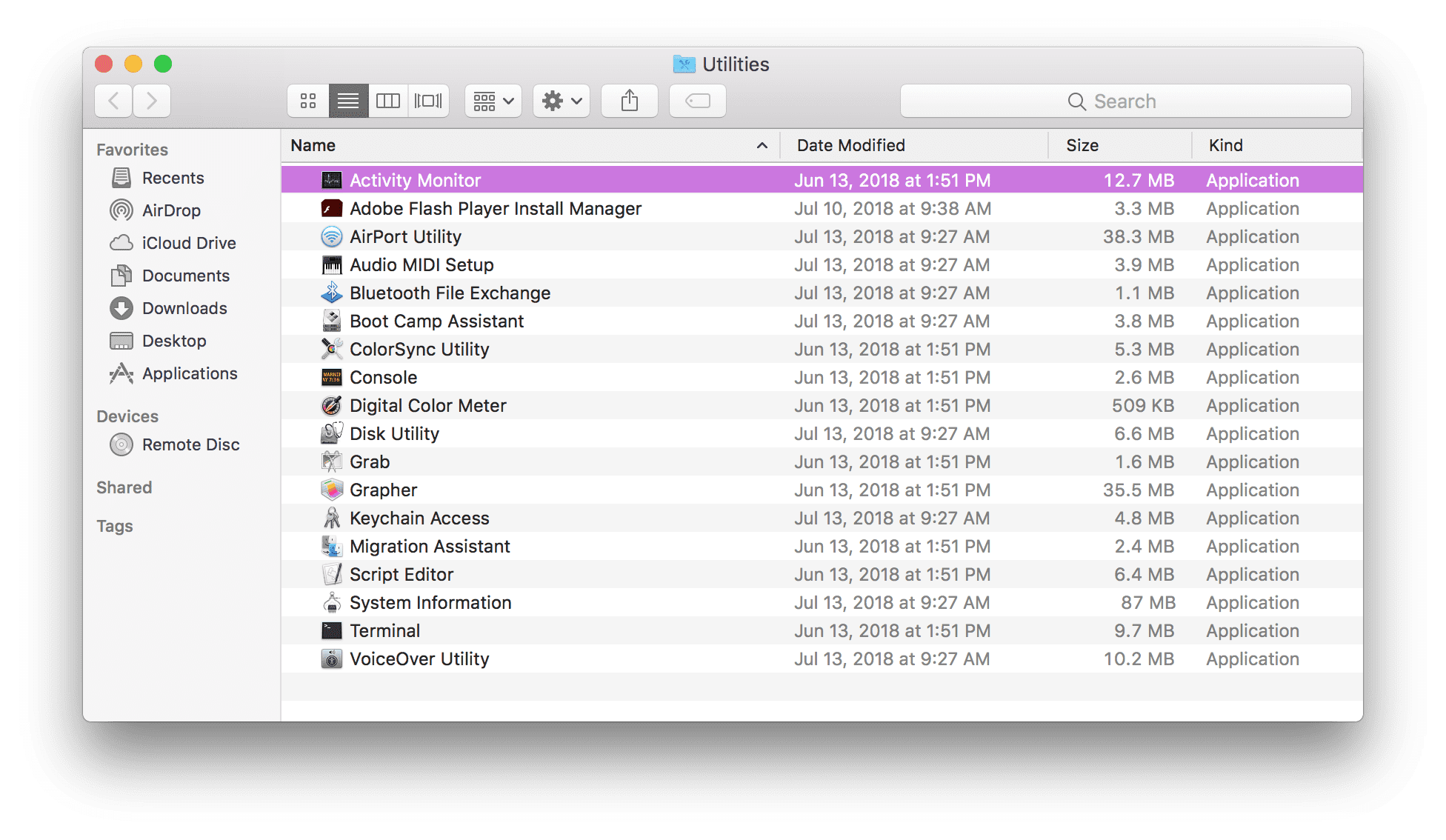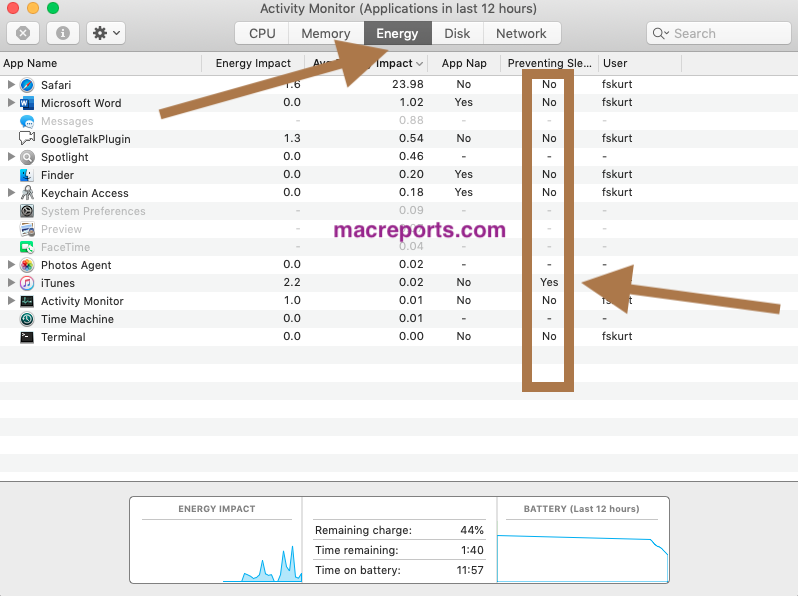

Red – RAM memory resources are depleted and OS X is using the drive for memory.The Mac OS X Activity Monitor is a cool utility.Amber – RAM memory resources are being tasked.Green – RAM memory resources are available.The combination of Free, Wired, Active, Inactive & Used memory statistics in previous versions of Activity Monitor have been replaced in Mavericks with an easy to read "Memory Pressure" graph. File Cache: The space in RAM marked as available for apps to use that contains recently used files.Compressed: The amount of memory in RAM that is compressed, making more RAM resources available for other apps.This memory can’t be borrowed by other apps. Wired Memory: Memory that can’t be cached to disk, so it must stay in RAM.


Seeing memory pressure in the Red state will indicate that RAM resources are depleted. It is normal to see some activity and it is not a indication that you have depleted RAM resources.

VM size: Virtual memory, or VM, is hard disk space that can be used as memory.
Activity monitor mac os free#
Free: Free memory is not being used and is immediately available.If the system requires memory it takes free memory before used memory. Used memory is the sum of wired, active, and inactive memory. Used: Used memory is being used by a process or by the system.Leaving this information in RAM is to your advantage if you (or a client of your computer) come back to it later. Inactive: Inactive memory contains information that is not actively being used.Active: Active memory that contains information that is actively being used.Wired: Wired memory contains information that must always stay in RAM.Here is an explanation of some of the information displayed at the bottom of the memory pane: directly from activity monitor -> help -> viewing system memory usage: Private memory is "real" memory that can only be used by the process it is allocated to. Shared memory is physical (Real) memory that can be shared with other processes. Virtual Mem is how much "fake" memory is allocated to the process, meaning memory that is allocated on the permanent storage medium (hard drive, solid state drive, etc) for that process. Real mem relates to physical memory (actual RAM modules in your computer). Additionally Mike Ash has posted a good layman's introduction on his blog Other worthwhile sources: Darwin-dev mailing list:, and an old article on MacOSXHints. The best documentation I know of (and have been able to find in followup research) is Apple's own Managing Memory article on their developer website. Leaving this information in RAM is to your advantage if you (or a client of your computer) come back to it later." - Mac OS X Helpįree : The amount of RAM actually available without any data. It will remain in RAM until another application needs the space. Inactive : "Inactive memory is no longer being used and has been cached to disk. (VSIZE)Īctive : Memory currently labelled as active and is used RAM. Virtual : The total amount of address space in the process that's mapped to anything - whether that's an arbitrarily large space for variables or anything - it does not equate to actual VM use. Private : This is memory that a process is using solely on its own that is used in Resident memory. Real : This is the "real" memory usage for an application as reported by task_info() - a rough count of the number of physical pages that the current process has. Both processes would show this amount of memory so it can be a bit misleading as to how much memory is actually in use. Shared : Memory that is shared between two or more processes. Memory that should not ever be moved out of the RAM.
Activity monitor mac os code#
Wired : This refers to kernel code and such.


 0 kommentar(er)
0 kommentar(er)
